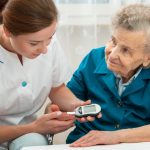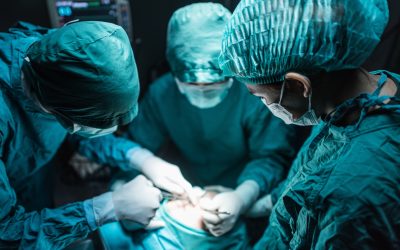The 2000 Needlestick Safety and Prevention Act (NSPA) was a revision of the Blood-borne Pathogens Standard to include safer medical devices. This includes such devices as sharp instruments for injury protection and needless systems to properly perform their intended functions. Learn more about the Needlestick Safety Act and how it applies to surgeries.
More About What The Needlestick Safety Act Is
The Needlestick Safety and Prevention Act was designed to lessen the risk of healthcare personnel being exposed to bloodborne pathogens (including Hepatitis B, Hepatitis C, and HIV). It was specifically intended for sharp instruments used during surgeries and other surgical procedures where the skin can be broken by the instruments and a possible infection can take place at the site of the broken skin.
How This Act Impacts Surgical Procedures?
The Needlestick Safety Act has led to safer medical devices, as healthcare institutions are required to adopt and implement safety-engineered medical devices to prevent injuries caused by sharp medical instruments that could lead to infection. It has led to engineering controls that lead to the manufacturing of safer medical devices, including sharps with engineered protections and needleless systems.
This act has also led to healthcare facilities maintaining sharps injury logs that document all injuries that occur because of sharp medical instruments. These logs can lead to revelations that can further improve product safety and safer usage procedures. Additionally, non-managerial healthcare workers are included in the implications of safer engineering and work practice controls to lessen the chances of injuries and infections.
Sharp Fluidics provides product offerings to help healthcare institutions follow the Needlestick Safety Act and make healthcare facilities safer for all. Contact today to learn more.






